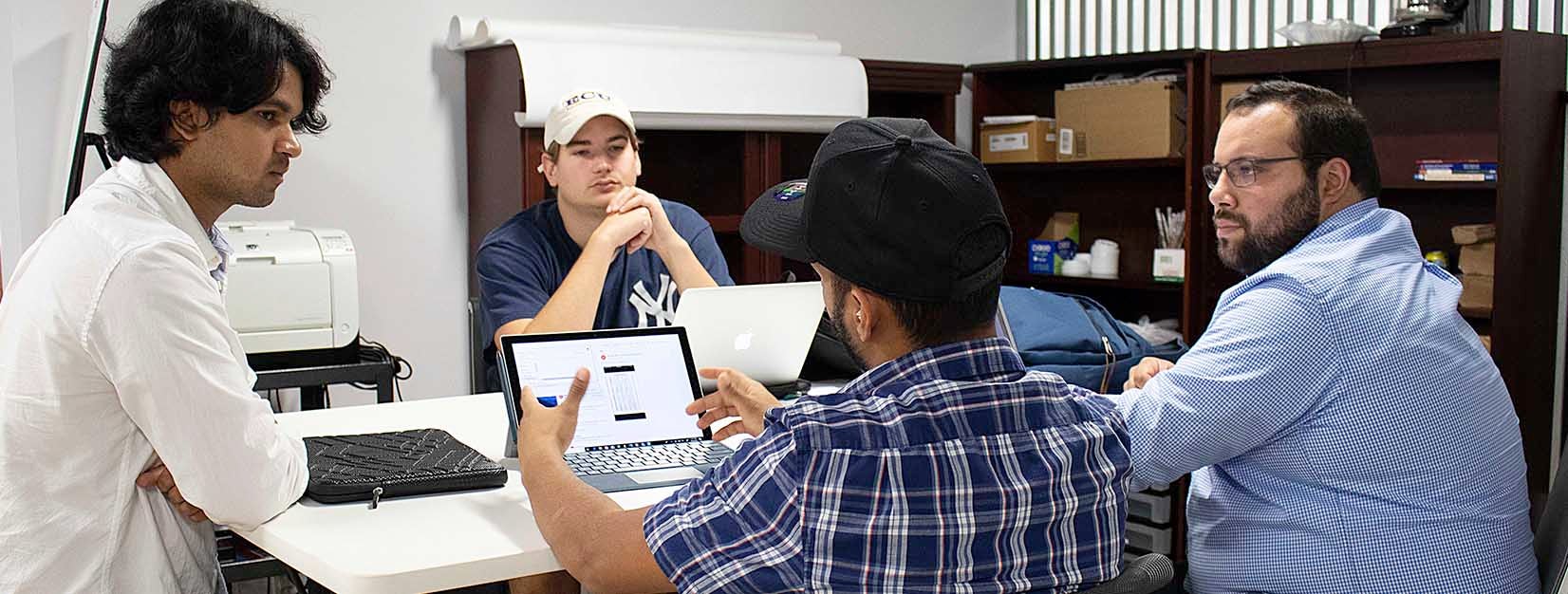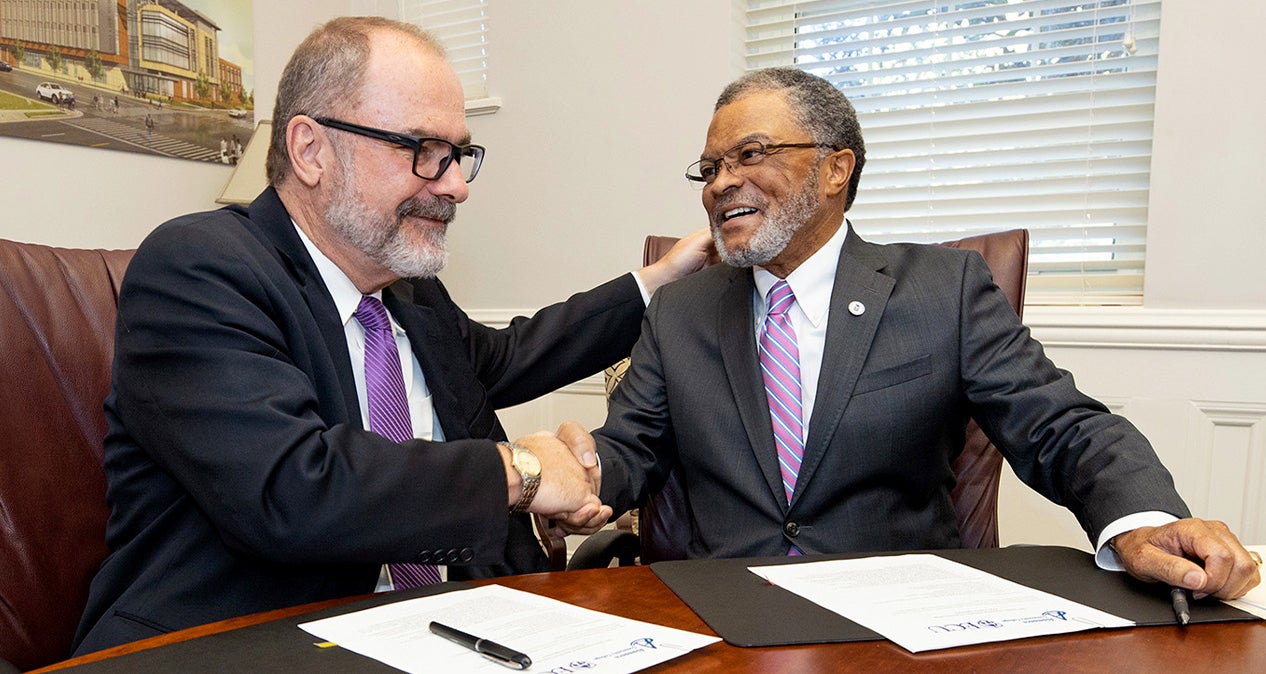Purpose
East Carolina Research and Innovation Campus Goals
The mission of ECU is to maximize student success, serve the public, and lead regional transformation. Executing the mission takes preparation, planning and persistence.
That’s why the university has developed a conceptual framework to lead university-driven economic development in eastern North Carolina. In higher education, economic development means working proactively with our partners and stakeholders to create sustainable growth in the competitive capacities that contribute to the advancement of society. For ECU, that means the development of:
- Talent: Our students, faculty and researchers
- Innovation: University research, entrepreneurship and business programming
- Resources: Lab and collaboration spaces, entrepreneurship incubators and campus attractions
“Millennial Campus” Concept
Millennial campuses are not new. There are many examples of these distinctive networks in university communities throughout the nation.
ECU’s millennial campus, now the East Carolina Research and Innovation Campus (ECRIC), is set to succeed because of the university’s innovation mindset and its promise to serve as an engine of economic growth. Our campus will fulfill the education, research and service missions of the university.

Public-Private Partnerships

To help the East Carolina Research and Innovation Campus (ECRIC) fulfill its mission, the university is authorized to enter public-private partnerships with business partners that share the university’s goal of advancing economic development in eastern North Carolina.
Public-private partnerships are customary in the development of millennial campuses. This development method combines the assets and talent of a university with the experience and resources of a private development partner to bring a project to market in an expressed time frame.
These partnerships also reduce the financial exposure of the university in the development phases of a project of this size resulting in a quality signature development.
